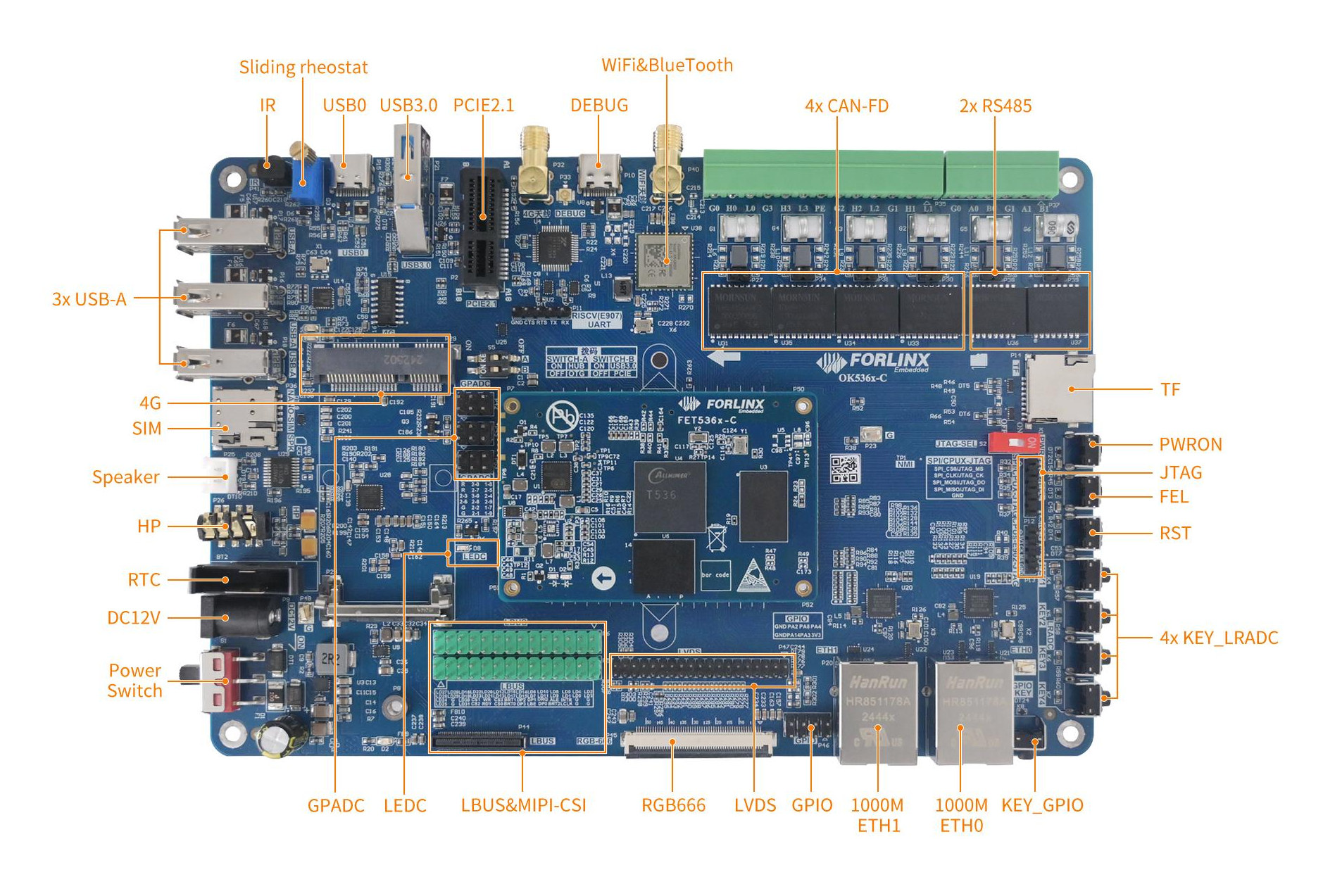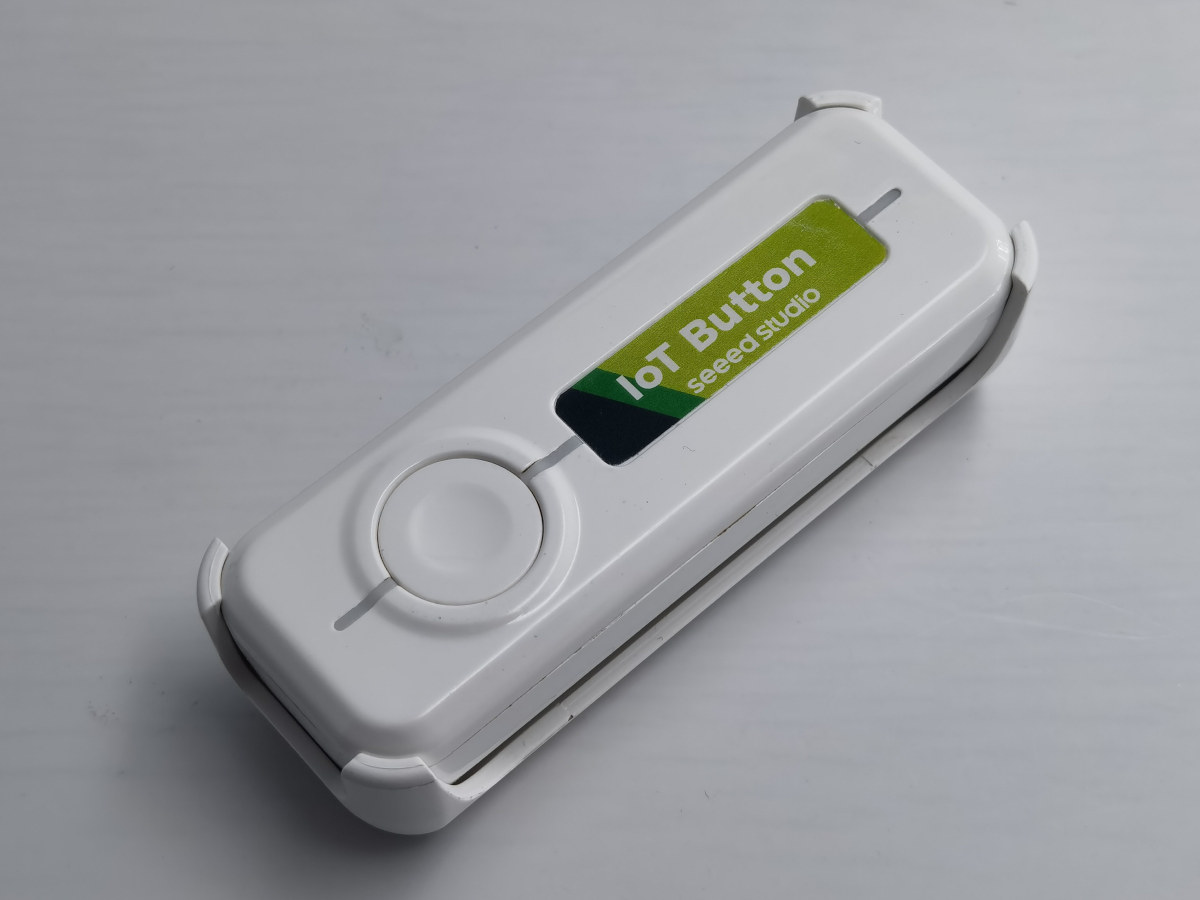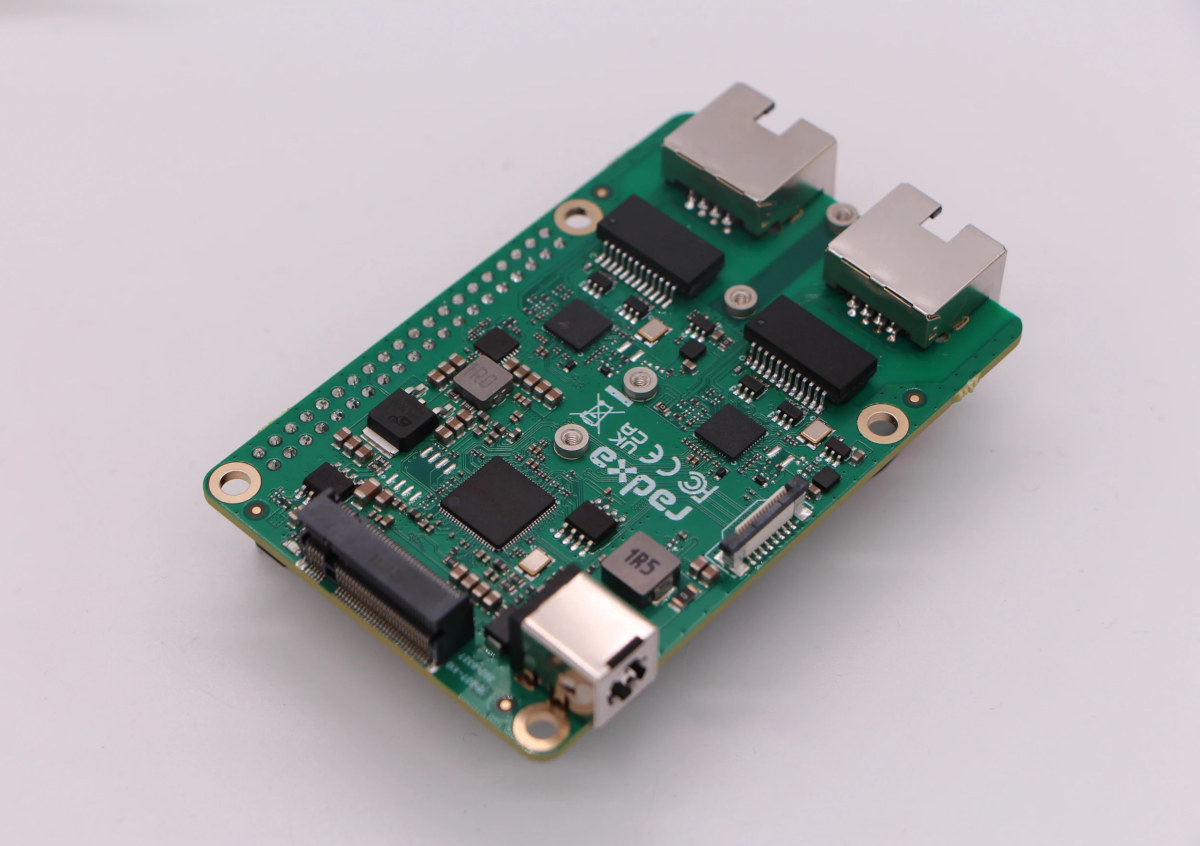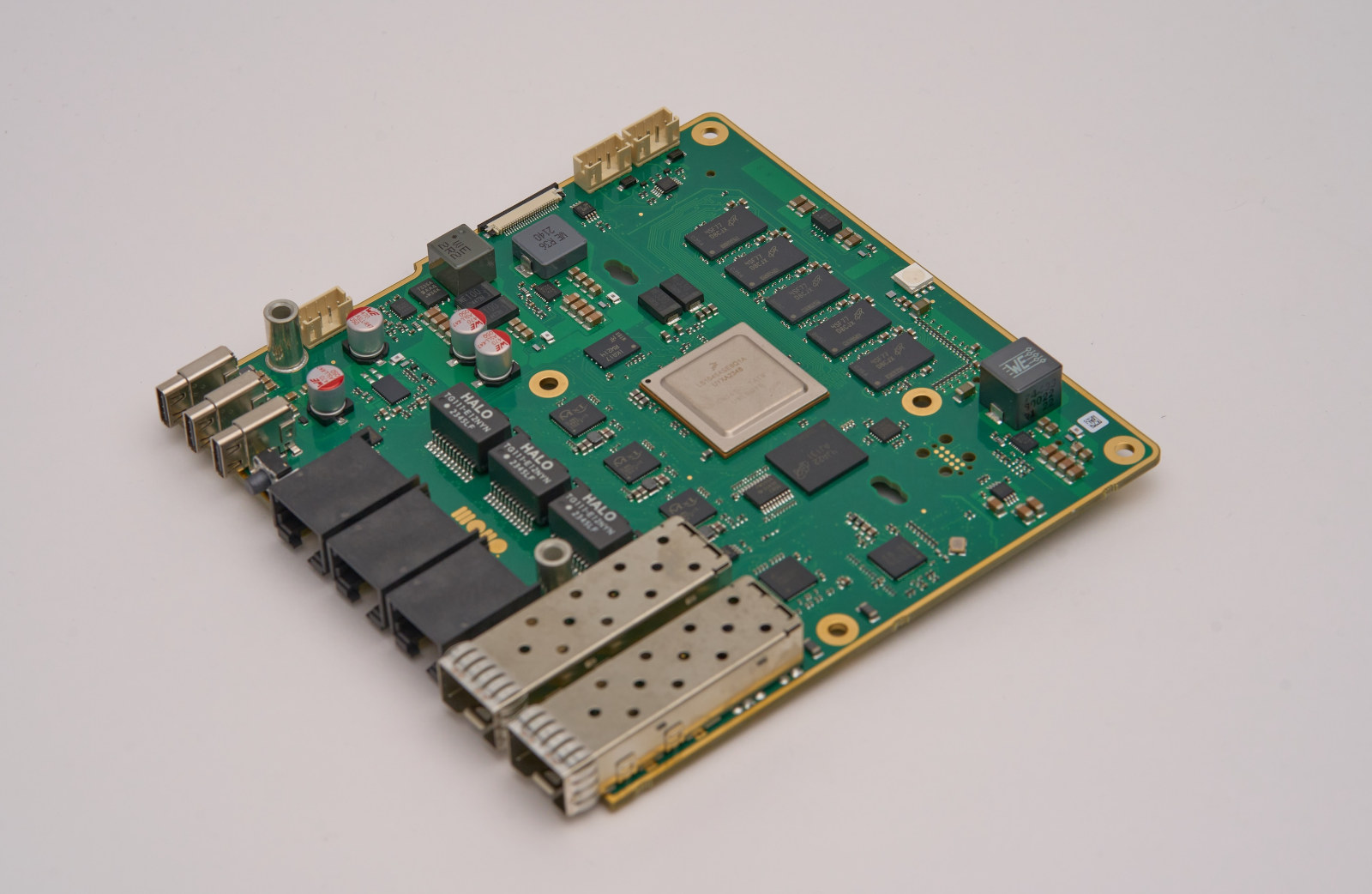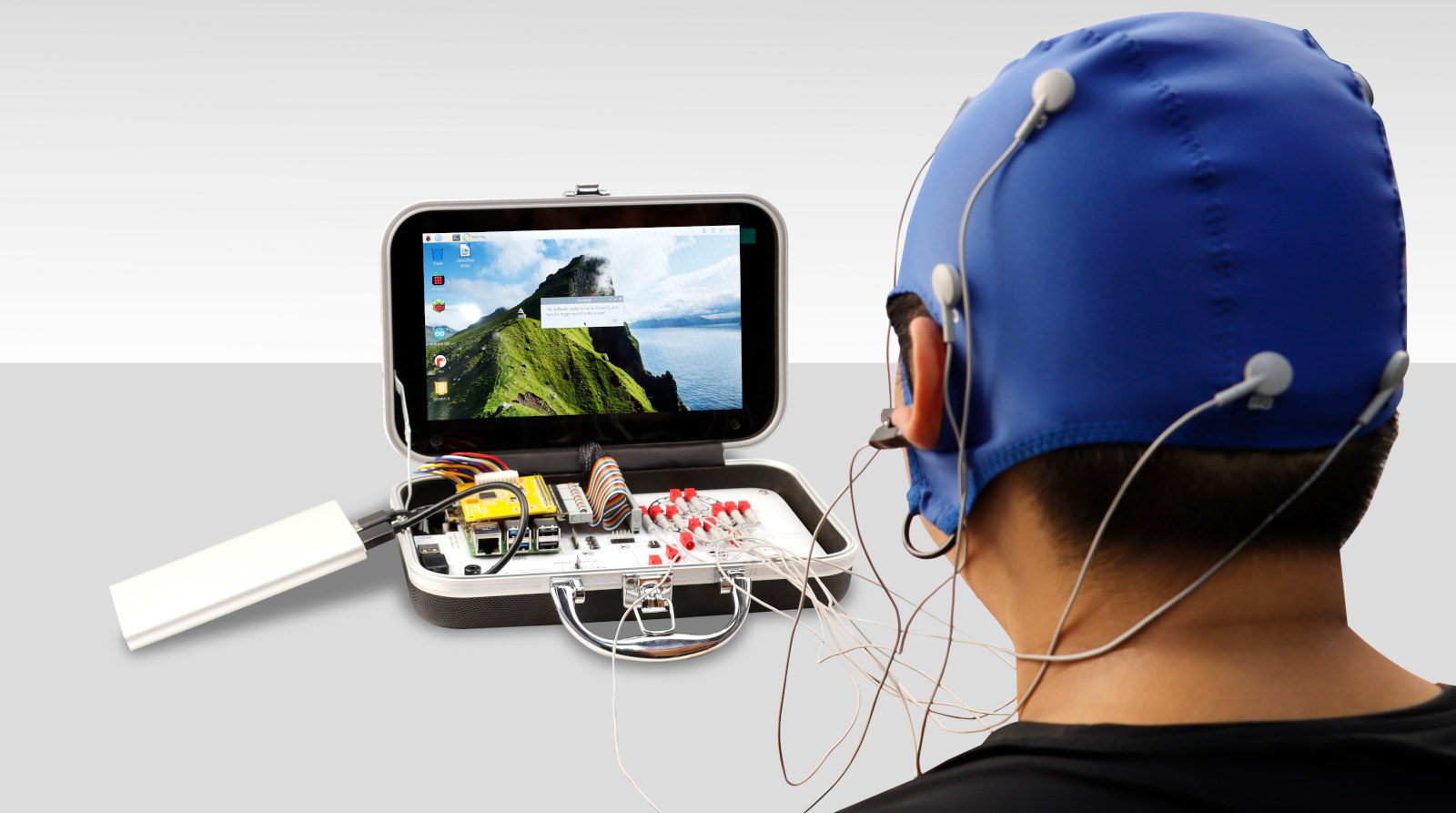Allwinner T536 SoC features four Cortex-A55 cores, a 600 MHz RISC-V core, and a low-power RISC-V for power management, as well as support for ECC memory and an optional NPU with up to 3 TOPS of AI performance. The processor is designed to work in the industrial temperature range (-40 to +85°C) and offers plenty of I/Os, including two Gigabit Ethernet, a USB 3.1 DRD and PCIe Gen2 conbo, MIPI DSI, RGB, and LVDS display interfaces, paralle CSI and MIPI CSI camera interfaces, CAN FD, SPI, I2C, UART, several ADC, and more. The SoC is designed for interactive terminals, smart manufacturing, and other Edge AI industrial equipment. Allwinner T536 specifications: CPU cores Quad-core Arm Cortex-A55 @ up to 1.6GHz Single-core E907 RISC-V core @ up to 600 MHz Single-core E902 RISC-V MCU for low-power management GPU – G2D hardware accelerator with rotate, mixer, and scaler functions ISP Max resolution – […]
Pimoroni Presto – A Raspberry Pi RP2350-powered 4-inch wireless desktop touch display
Pimoroni Presto is a 4-inch desktop color touch display powered by a Raspberry Pi RP2350 microcontroller, and equipped with a Raspberry Pi RM2 wireless module for WiFi 4 and Bluetooth connectivity. The display comes with 16MB of SQPI flash and 8MB of PSRAM, seven RGB LEDs for ambient lighting, a microSD card slot, a piezo speaker, a Qwiic/STEMMA QT connector for expansion, a USB-C port for power and programming, and a 2-pin JST connector for an optional battery. Pimoroni Presto specifications: Microcontroller – Raspberry Pi RP2350B MCU CPU Dual-core Arm Cortex-M33 @150MHz with Arm Trustzone Dual-core 32-bit Hazard3 RISC-V @ 150MHz Up to two cores can be used at the same time Memory – 520KB SRAM Package – QFN-80; 10×10 mm Memory – 8MB PSRAM Storage 16MB QSPI flash MicroSD card slot Display – 4-inch square IPS LCD screen with 480 x 480 resolution, capacitive touchscreen Wireless – Raspberry Pi […]
Battery-powered Seeed Studio IoT Button features ESP32-C6 SoC, supports ESPHome or Zigbee firmware
Seeed Studio IoT Button is an inexpensive ESP32-C6 button powered by a rechargeable 18650 battery and designed to easily and quickly control Smart Home devices over WiFi 6 or Zigbee wireless protocol. It will be especially handy to Home Assistant users since the device is pre-flashed with ESPHome firmware for easy integration (over WiFi), and the company also provides a Zigbee firmware for Zigbee Home Assistant (ZHA) integration. The hardware is pretty basic with a button, three LEDs, and a USB-C port for charging the replaceable 18650 battery. Seeed Studio IoT Button specifications: SoC – ESP32-C6FH4 CPU Single-core 32-bit RISC-V clocked up to 160 MHz Low-power RISC-V core @ up to 20 MHz Memory – 512KB SRAM, 16KB low-power SRAM Storage – 320KB ROM, 4MB flash Wireless – 2.4 GHz WiFi 6, Bluetooth 5.0 LE/Mesh (somehow not used here), 802.15.4 radio for Zigbee 3.0 and Thread. Matter compatible. USB – […]
BPS is a GPS alternative working over ATSC 3.0 digital TV signals
Broadcast Positioning System (BPS) is an alternative to GPS designed for timing and positioning over ATSC 3.0 digital TV signals, and mainly designed as a backup solution for national security. GPS is critical in providing not only location data, but also timing data for critical infrastructure such as power grid, telecommunication networks, and so on. However, GPS signals can be spoofed, and/or satellites could potentially be damaged or even taken down. That’s where BPS comes in as an alternative with a much broader network of base stations, and both GPS and BPS signals can be compared, meaning it can be used to detect spoofing as well. It works by adding a preamble with timing data and a Data PLP (Physical Layer Pipe) with tower information and location. One tower is enough for timing data, and positioning will also be possible with four towers within range. Time accuracy is 100ns (95% […]
Radxa Dual 2.5G Router HAT adds 2.5GbE networking and M.2 NVMe storage support to Raspberry Pi 5-compatible SBCs
The Radxa Dual 2.5G Router HAT is an expansion board adding 2.5GbE networking and an M.2 PCIe x1 socket for NVMe SSD storage to the Raspberry Pi 5 and compatible SBCs with a PCIe FFC connector. We had previously seen Raspberry Pi 5 HATs with 2.5GbE such as the Pineberry HatNET! 2.5G, or even one with 2.5GbE and NVMe SSD (52Pi W01 U2500 HAT), but the Radxa Dual 2.5G Router HAT is the first to implement two 2.5 Gbps Ethernet ports to enable routing, and also features an NVMe SSD as a bonus. Radxa Dual 2.5G Router HAT specifications: Supported SBCs – Raspberry Pi 5, Radxa ROCK 2F, Radxa ROCK 2A, Radxa ROCK 5C, the upcoming Radxa 4D (RK3576), and potentially others PCIe Switch – ASM2806 PCIe 3.0 switch chip with PCIe Gen3 x2 upstream and four PCIe 3.1 lanes downstream up to 8GT/s Storage – 1x M.2 M-Key socket […]
Mono Gateway – A 10GbE nano-ITX router board powered by NXP Layerscape LS1046A
The Mono Gateway is a nano-ITX router board powered by an NXP LayerScape LS1046A quad-core processor and equipped with two 10GbE SFP+ cages, three gigabit Ethernet RJ45 ports, and M.2 sockets for wireless WiFi 6 and/or tri-band WiFi 5, Bluetooth, and Thread modules. Tomaž Zaman’s YouTube channel description reads “I hate routers”, and that’s exactly why the “Gateway” came to life. He wanted a router that meets his expectations and runs open-source software. The NXP Layerscape LS1046A was selected thanks to its ability to support 10 Gbps Ethernet with up to 26 Gbps line-rate throughput for VLANs, PPPoE, and NAT. Let’s have a look. Mono Gateway specifications: SoC – NXP Layerscape LS1046A quad-core Cortex-A72 processor @ 1.6 GHz System Memory – 8 GB ECC RAM @ 2100 MT/s Storage 32 GB eMMC flash for the OS 64 MB NOR flash for the bootloader Networking 2x SFP+ 10 Gbps Ethernet cages […]
T-Pico-2350 is a fully integrated devkit with Raspberry Pi RP2350, ESP32-C6, 2.33-inch color touchscreen display, and HDMI video output
LILYGO T-Pico-2350, also called the T-Pico2, is a fully enclosed devkit based on Raspberry Pi RP2350 MCU, an ESP32-C6 SoC for wireless connectivity, a 2.33-inch capacitive color touchscreen display, and an HDMI (DVI) video output port. The design is an update to the T-PicoC3 introduced in 2022 with the case design of the T-Display S3 Pro, and the devkit also features a microSD card slot, a USB-C port for power and programming, two GPIO headers, a 13-pin GPIO FPC connector, two Qwiic I2C/UART connectors, and a PMU for battery management. T-Pico-2350 specifications: Microcontroller – Raspberry Pi RP2350A CPU Dual-core Arm Cortex-M33 @ 150 MHz with Arm Trustzone, Secure boot OR Dual-core RISC-V Hazard3 @ 150 MHz Up to two cores can be used in any combination Memory – 520 KB on-chip SRAM Storage 16MB SPI flash connected to RP2350 MicroSD card slot Display – 2.33-inch color IPS LCD (ST7796S SPI […]
PiEEG kit – A Raspberry Pi 5-based bioscience lab in a suitcase (Crowdfunding)
Yesterday we wrote about using quantum sensors for brain-computer interfaces (BCI) and other biomedical applications. But that’s the future, and if you want to experiment with brain-computer interface technology and bioscience, the PiEEG kit has everything you need to get started, with all components fitting in a suitcase easy to carry around between your home and university or school. The bioscience home lab is based on the PIEEG Shield for Raspberry Pi introduced in 2023, and features a Raspberry Pi 5 8GB, a 9-inch display, a sensor board, EEG electrodes and cables for brainwave measurement, and electrodes for EMG (muscles), EKG (heart), and EOG (eye) signal recording. The PiEEG kit is comprised of the two main custom boards with the following specifications/features: PiEEG Shield on top of the Raspberry Pi 5 ADC – Texas Instruments ADS1299 Analog-to-Digital Converter for biopotential measurements Host interface – 40-pin GPIO header with SPI protocol […]


